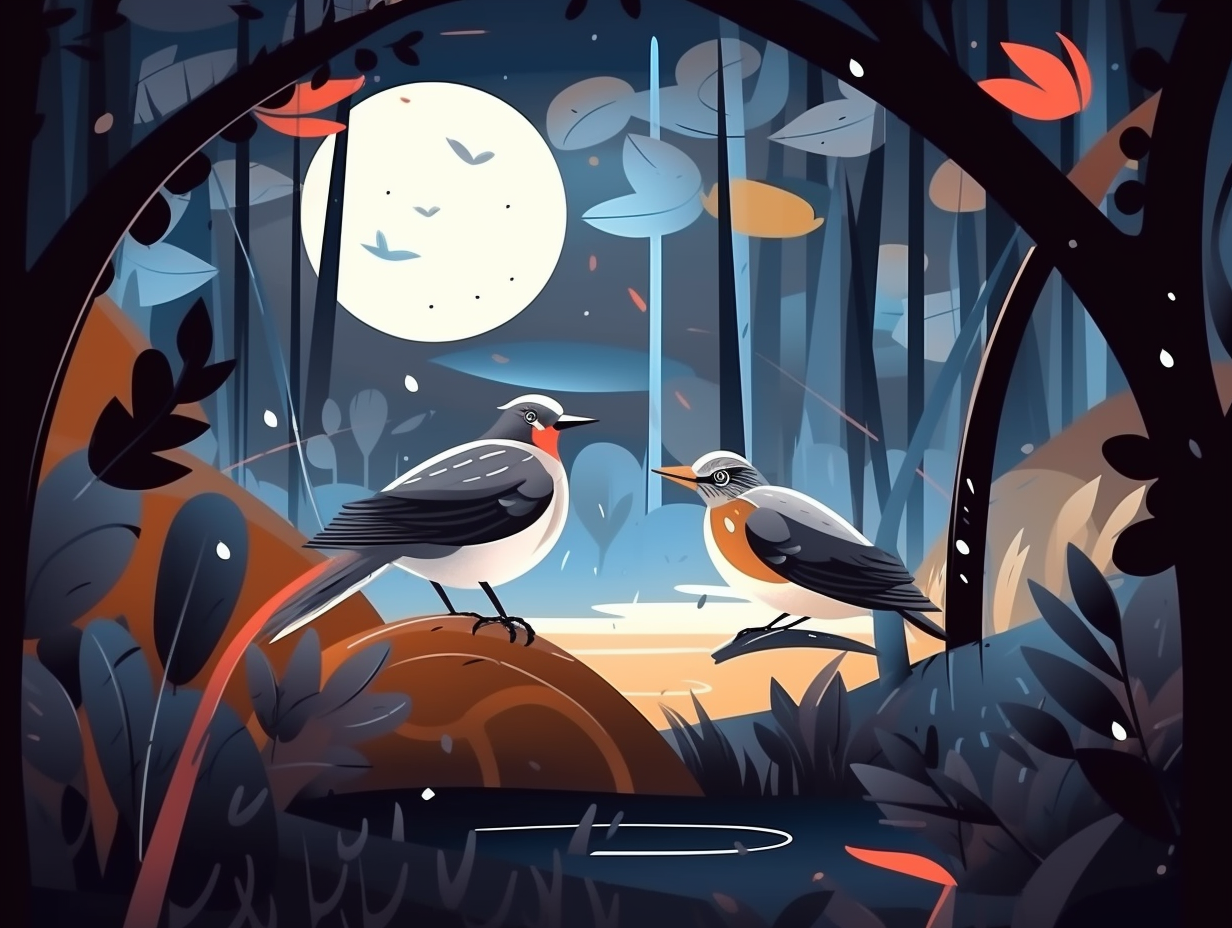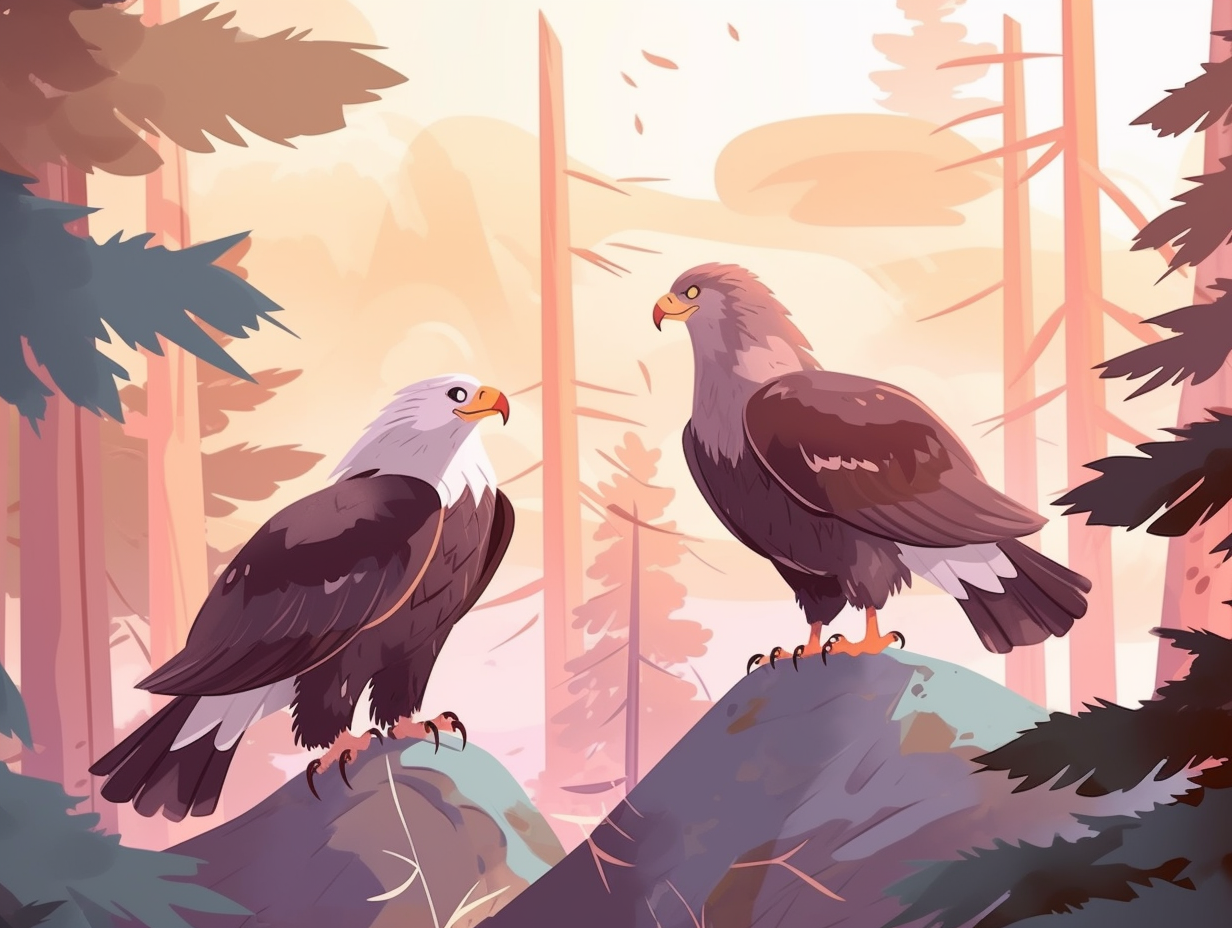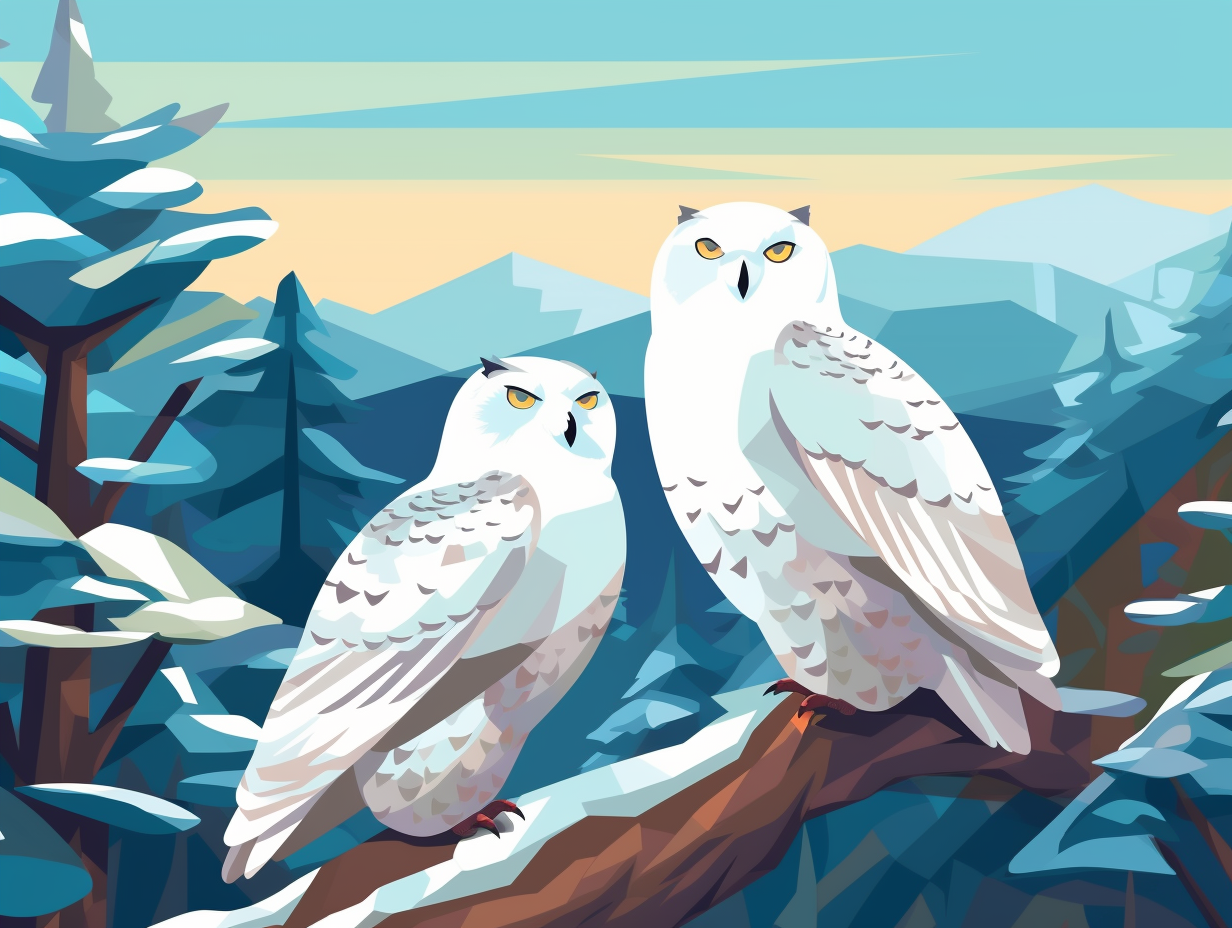10 Amazing Fun Facts About Mute Swans You Won't Believe!

1. Swan Breakups and Rebounds
Swans, the original lovebirds, often find themselves unsure if they've met "the swan": Remarkably, less than 3% of successfully breeding pairs and 9% of unsuccessful ones might just give up on their eternal vows, but once a swan loses its mate, females rebound in a swift three weeks, while males take the next fall or winter to focus on being a single dad and protecting their crib, with the help of a fancy black knob on the bill to show off their territorial prowess.
Source => audubon.org
2. Heavyweight Avian Ballet Dancers
Ever heard of a bird that needs a swan-way instead of a runway? Hold your feathers, folks, because we have just the candidate! It’s the avian equivalent of H2O-ballet dancers and winged heartthrobs: Mute swans are one of the heaviest flying birds, weighing up to a whopping 30 pounds, and can flaunt an astounding 8-foot wingspan to support their massive size.
Source => birdsoftheworld.org

Did you know swans can't actually bite? Discover how these graceful birds defend themselves without teeth! 🦢🚫🦷
=> Fun Facts about Swans
3. Late Bloomer Lovebirds
When it comes to dating, mute swans can be considered "late bloomers": These graceful waterfowl typically reach sexual maturity at just two years old, but they often hold off on pairing and breeding until they're between three and five years old. Some eager swans may even start constructing their love nests when they're merely a year old, but their actual swan marriage ceremony might still be a couple of years away. As for their family plans, the mute swan nesting season begins from late March to April and features an average of 6 off-white to pale green eggs, with egg-laying marathons occasionally reaching an impressive 11 eggs - one lovingly laid each day until the big hatch, which occurs 35 days after the finale.
Source => dec.ny.gov
4. Grumpy Grandparent Swans
Behold the swan, nature's grumpy grandparent: Mute swans are known to become ruthlessly aggressive during their nesting and brood-rearing period, fiercely defending their territory against people, young children, and even fellow waterfowl, turning serene waters into no-go zones that would put any forbidden forest to shame.
Source => dec.ny.gov

5. Aristocratic Beak-Nicking Tradition
If you thought the medieval elite were swanning around, you'd be spot on: with noble folk exchanging mute swans as symbols of their wealth, driving the feathered aristocrats to such great import, they were distinctly marked with beak nicks! Quick as a flash: these beak nicks helped identify ownership during the annual tradition of swan-upping – an event in which unmarked cygnets were preened and labeled, a custom which continues today on the Thames, albeit with more of a focus on swan conservation.
Source => rspb.org.uk
6. Swan Lake: The Sequel
Swan Lake: The Untold Story of Swan Romance – where the lead, heartbroken by the loss of their mate, isn't doomed to remain single and swan around alone! Cue the unexpected twist: Mute swans, despite their reputation for mourning the death of their partner, may actually find new love and continue to mate with another swan.
Source => birdfact.com
7. Victorian Bill Makeover
In a plot twist that would make Charles Dickens proud, mute swans take us through the Victorian transformation of turning from bill-blackened chimney sweeps to the orange-cravatted members of high society: As cygnets, mute swans sport black bills, but as they grow older and more sophisticated, their bills change to a dapper mix of black and orange, quite unlike their Trumpeter and Tundra cousins who transition from pink-billed youngsters to black-billed adults.
Source => trumpeterswansociety.org
8. Top Gun Waterfowl
Hold onto your feathers, folks, because these swanky swans are about to show some serious swan-itude: Mute swans can clock in at an astonishing 50 miles per hour (80km per hour) in flight, making them the Top Gun pilots of the waterfowl world.
Source => birdfact.com
9. Not-So-Mute Swan Sounds
Mute swans, the strong buddies who forgot their vocal warm-ups: contrary to their name, are not completely mute, as they exhibit a symphony of hisses, grunts, and snorts, especially when they're playing the dating game or simply defending their crib.
Source => allaboutbirds.org

10. Hissy Honky Swan Gossip
Despite their vow of silence at the swan version of the Trappist monastery, mute swans really love to gossip in their own hissy, honky language: In reality, these so-called "mute" swans still communicate through an array of sounds like hissing, grunting, and honking, but remain more taciturn compared to other gregarious swan species, with males weighing around 23-26 pounds.
Source => birdwatching-bliss.com
Related Fun Facts




















